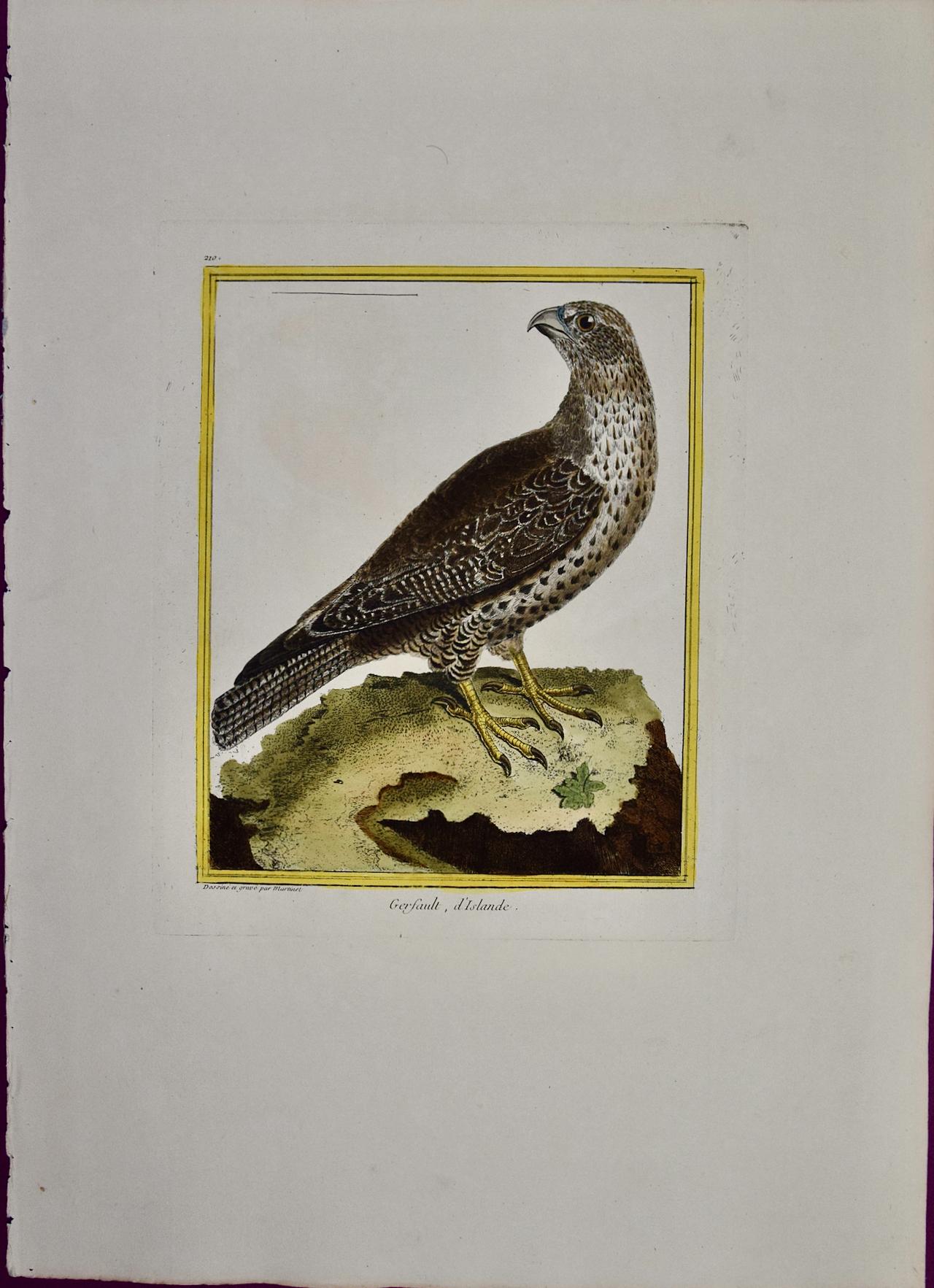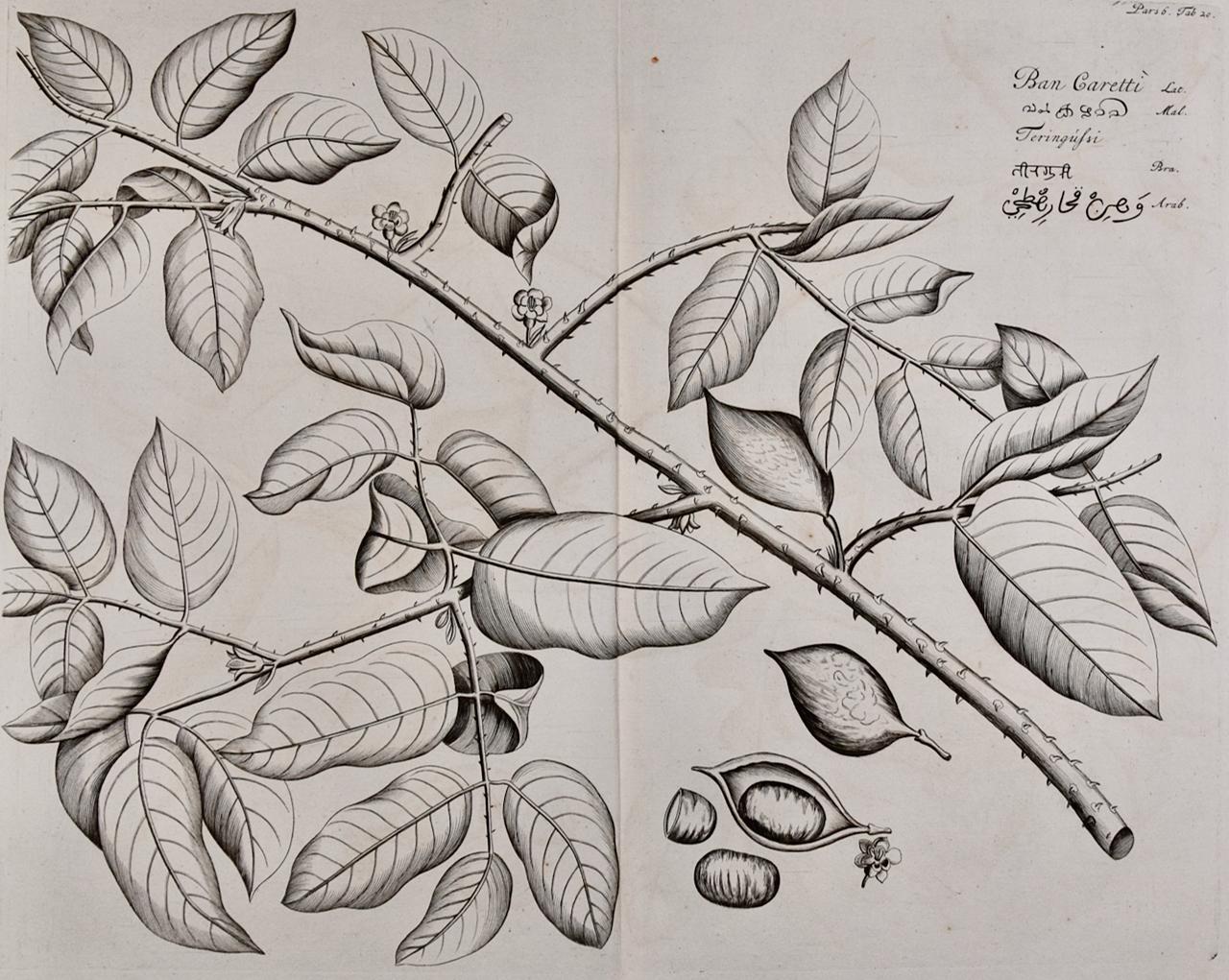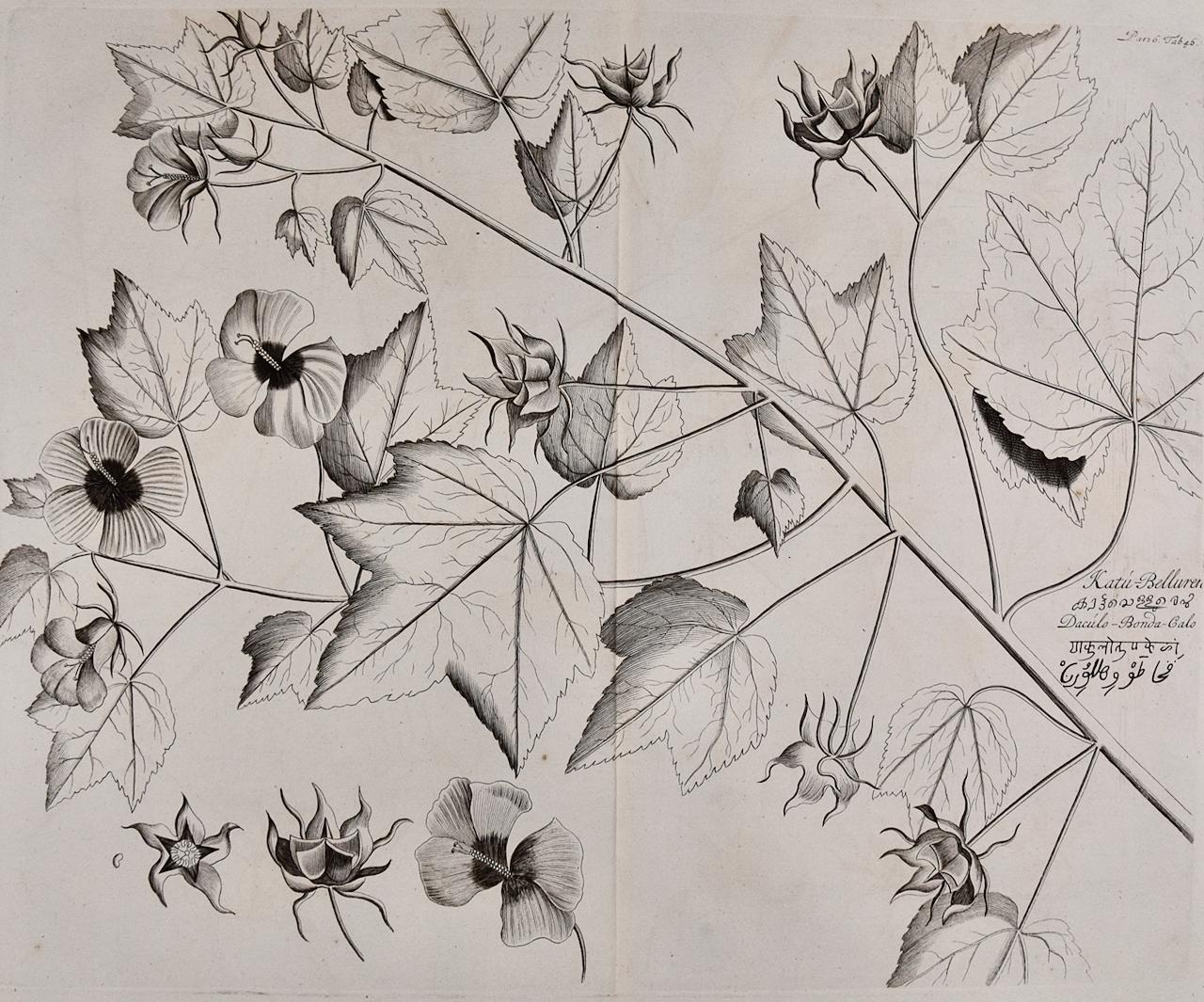Items Similar to La Gironde, France. Antique map of a French department, 1856
Want more images or videos?
Request additional images or videos from the seller
1 of 5
Victor LevasseurLa Gironde, France. Antique map of a French department, 18561856
1856
About the Item
'La Gironde', steel engraving with original outline hand-colouring., 1856, from Levasseur's 'Atlas National Illustre'.
This coastal department is the seat of the Bordeaux wine region and produces many of the world's finest reds. Shows numerous vineyards and chateaux. The whole is surrounded by elaborate decorative engravings designed to illustrate both the natural beauty and trade richness of the land. There is a short textual history of the regions depicted on both the left and right sides of the map.
Levasseur was an important French engineer, cartographer, and engraver of the mid 19th century.
470mm by 330mm (sheet)
The map is loose and unframed.
- Creator:Victor Levasseur (1795)
- Creation Year:1856
- Dimensions:Height: 18.51 in (47 cm)Width: 13 in (33 cm)
- Medium:
- Movement & Style:
- Period:
- Condition:Spot in left hand margin. Faint waterstain top right margin.
- Gallery Location:Melbourne, AU
- Reference Number:
Victor Levasseur
Victor Jules Levasseur (1795–1862) was a French cartographer widely known for his distinctive decorative style. He produced numerous maps more admired for the artistic content of the scenes and data surrounding the map than for the detail of the map. Victor Levasseur was born in 1795 in France. Little is known about his early life and education, but he emerged as one of the most prominent French cartographers of the 19th century. Levasseur lived during a time of significant political and geographical changes in France and Europe, which greatly influenced his work as a mapmaker.
About the Seller
5.0
Gold Seller
These expertly vetted sellers are highly rated and consistently exceed customer expectations.
Established in 2005
1stDibs seller since 2019
448 sales on 1stDibs
Typical response time: 2 hours
- ShippingRetrieving quote...Ships From: Melbourne, Australia
- Return PolicyA return for this item may be initiated within 14 days of delivery.
More From This SellerView All
- Vue d'une partie du Lac de Geneve, Switzerland, engraving, circa 1780Located in Melbourne, VictoriaFrench copper-line engraving depicting the Lake of Geneva, Switzerland. From 'The Scenery and Science of Switzerland illustrated', by Antoine Baron de Zurlauben (1720-1795) & Jean B...Category
1780s Naturalistic Landscape Prints
MaterialsEngraving
- Representation Generale de la Voute de La Galerie du President, French engravingBy Charles DibdinLocated in Melbourne, VictoriaCopper-line engraving by Mathys Pool (1676-1732) after Picart and Charles Le Brun (1619-1690). 1718. Depicts a ceiling design commissioned for the Hot...Category
Early 19th Century Naturalistic Landscape Prints
MaterialsEngraving
- 'Vue des Montagnes du Val-Travers, Neuchatel, Switzerland, engraving, 1780Located in Melbourne, Victoria'Vue des Montagnes du Val-Travers, d'ou aperçoit le Lac de Neuchatel' French copper-line engraving by Duparc after Claude Louis Chatelet (1753-1794). From 'Th...Category
1780s Naturalistic Landscape Prints
MaterialsEngraving
- Vue de la Ville et du Lac de Geneve, Switzerland, copper-line engraving, c1780Located in Melbourne, VictoriaFrench copper-line engraving depicting the Town and Lake of Geneva, Switzerland. Claude-Louis Chatelet was a distinguished French painter, draftsman an...Category
1780s Naturalistic Landscape Prints
MaterialsEngraving
- Mexican on a donkey, Mexico, Mortimer Menpes etching with drypoint, 1914By Mortimer MenpesLocated in Melbourne, VictoriaSigned in pencil below the image. Signed and dated in the plate. The number '327' inscribed in pencil in lower margin. Mortimer Menpes was an artist and engraver, author, printmake...Category
Early 20th Century Naturalistic Landscape Prints
MaterialsEngraving
- Chertsey Bridge, Surrey, Thames, late 18th century English sepia aquatint, 1799Located in Melbourne, Victoria'Chertsey Bridge, Surrey' Aquatint published by Samuel Ireland. From his 'Picturesque Views on the River Thames'. Ireland was an author and engraver who published several series of ...Category
Late 18th Century Naturalistic Landscape Prints
MaterialsEtching, Engraving, Aquatint
You May Also Like
- An Icelandic GyrFalcon: An 18th Century Hand-colored Engraving by MartinetBy François Nicolas MartinetLocated in Alamo, CAThis is a hand-colored engraving of an Icelandic Ger Falcon entitled "Gerfault d''Islande" by Francois Nicolas Martinet, plate 210 from 'Histoire Naturelle des Oiseaux' in associatio...Category
1760s Naturalistic Animal Prints
MaterialsEngraving
- A Greenfinch & A Sparrow: An 18th Century Hand-colored Engraving by MartinetBy François Nicolas MartinetLocated in Alamo, CAThis is a hand-colored engraving of a Greenfinch bird and a tree sparrow ("1, Le Friquet, 2. Le Verdier") by Francois Nicolas Martinet, plate 227 from 'Histoire Naturelle des Oiseaux...Category
1760s Naturalistic Animal Prints
MaterialsEngraving
- A Falkland Island Quail: An 18th Century Hand-colored Engraving by MartinetBy François Nicolas MartinetLocated in Alamo, CAThis is a hand-colored engraving of a Falkland Island Quail ("Caille des Isles Malouines") by Francois Nicolas Martinet, plate 222 from 'Histoire Naturelle des Oiseaux' in associatio...Category
1760s Naturalistic Animal Prints
MaterialsEngraving
- Fever Nut Plant "Ban Caretti": A 17th Century Engraving by Hendrik van RheedeLocated in Alamo, CAThis is a 17th century engraving of a fever or bonduc nut plant entitled "Ban Caretti" by Hendrik van Rheede tot Drakenstein, plate 20 from his 'Hortus Indi...Category
Late 17th Century Naturalistic Landscape Prints
MaterialsEngraving
- "Katu-Belluren": A 17th Century Botanical Engraving by Hendrik van RheedeLocated in Alamo, CAThis is a 17th century engraving of a vine spinach plant entitled "Katu-Belluren" by Hendrik van Rheede tot Drakenstein, plate 46 from his 'Hortus Indicus M...Category
Late 17th Century Naturalistic Landscape Prints
MaterialsEngraving
- "Coastal Ti Tree" Gums NSW Drypoint Etching in Ink on Paper No. 30/100Located in Soquel, CA"Coastal Ti Tree" Drypoint Etching in Ink on Paper No. 30/100 Detailed etching attributed to Ernest Edwin Abbot (British, 1888-1973). Several trees grow along the coast at the edge of the water at Ti Tree, Australia. In the far distance, a mountain range can be seen on the opposite shore. Titled and numbered "Coastal Ti Tree 30-100" in the left corner. Signed "G. Cope" in the right corner. Presented in a new black mat with foamcore backing. Mat size: 11"H x 14"W Paper size: 5.5"H x 10.25"W According to The Centre for Australian Art: Prints + Printmaking, Abbot often produced work under the pseudonym "G. Cope" Ernest Edwin Abbott was born in 1889 and grew up in Bideford United Kingdom, With his younger siblings Violet, Reginald, Olive and his parents Charles and Sarah Abbott, His Farther worked as a upholsterer. Abbott decided in 1911 to migrate to Western Australia on the ship Tainui, Settled in Western Australia he then married his wife Florence Radcliffe Olde in 1913 whom also came to Australia in 1912 from Bideford. They had two sons, Reginald Douglas Abbott and Kenneth John Abbott. They moved to South Australia where he taught art at Stott’s for four years. Later in 1920 the family moved to the suburb of Kew in Melbourne Victoria, where he took a studio in Oxford Chambers at 475 Bourke Street. He also built a studio later at his home in Black Rock. In about 1920 or 1930 he took up dry-point etching, and gave up his city studio to concentrate on printmaking at his home. Abbott made his own engraving tools...Category
Early 20th Century Naturalistic Landscape Prints
MaterialsPaper, Ink, Drypoint
Recently Viewed
View AllMore Ways To Browse
French Wine Map
Map Of France Wine
Wine Map France
Antique Print Coastal
Antique Wine Maps
Bordeaux Wine
French Wine Bordeaux
Bordeaux Map
Antique Vineyard Map
Antique Map Of Bordeaux
Guy Billout
Guy Charon On Sale
Harold Altman Child
Harold Altman Lithograph Seated Figures
Harold Hitchcock On Sale
Harry Bonath
Hedley Fitton
Henry Francois Farny






